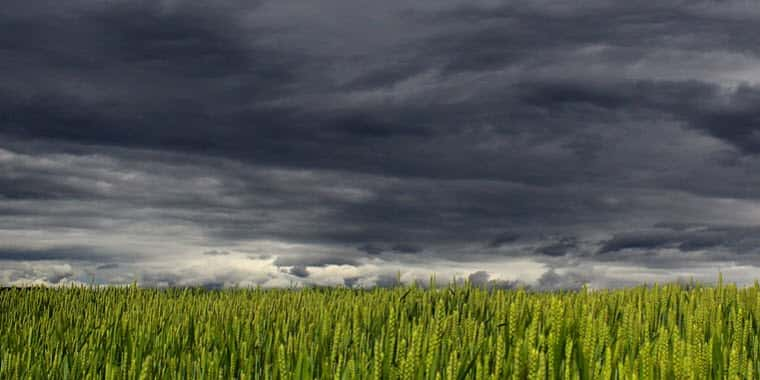WASHINGTON, Sep. 29, 2016 — The U.S. Department of Agriculture (USDA) has designated three counties in Montana in two separate disaster designations as primary natural disaster areas due to losses caused by drought, hail, high winds, heavy rain, and drought that occurred during the 2016 crop year.
“Our hearts go out to those Montana farmers and ranchers affected by recent natural disasters,” said Agriculture Secretary Tom Vilsack. “President Obama and I are committed to ensuring that agriculture remains a bright spot in our nation’s economy by sustaining the successes of America’s farmers, ranchers, and rural communities through these difficult times. We’re also telling Montana producers that USDA stands with you and your communities when severe weather and natural disasters threaten to disrupt your livelihood.”
Disaster Number 1: USDA has designated Wheatland County in Montana as a primary natural disaster area due to losses caused by drought that occurred from May 1, 2016, and continues.
Farmers and ranchers in Fergus, Golden Valley, Judith Basin, Meagher and Sweet Grass counties in Montana also qualify for natural disaster assistance because their counties are contiguous.
Disaster Number 2: USDA has designated Fergus and Petroleum counties in Montana as primary natural disaster areas due to losses caused by hail, high winds, and heavy rains that occurred from June 9, 2016, through June 3, 2016.
Farmers and ranchers in the following counties in Montana also qualify for natural disaster assistance because their counties are contiguous. Those counties are:
|
Blaine |
Golden Valley |
Phillips |
|
Chouteau |
Judith Basin |
Rosebud |
|
Garfield |
Musselshell |
Wheatland |
All counties listed above were designated natural disaster areas on Sep. 29, 2016, making all qualified farm operators in the designated areas eligible for low interest emergency (EM) loans from USDA’s Farm Service Agency (FSA), provided eligibility requirements are met. Farmers in eligible counties have eight months from the date of the declaration to apply for loans to help cover part of their actual losses. FSA will consider each loan application on its own merits, taking into account the extent of losses, security available and repayment ability. FSA has a variety of programs, in addition to the EM loan program, to help eligible farmers recover from adversity.
Other FSA programs that can provide assistance, but do not require a disaster declaration, include the Emergency Conservation Program; Livestock Forage Disaster Program; Livestock Indemnity Program; Emergency Assistance for Livestock, Honeybees, and Farm-Raised Fish Program; and the Tree Assistance Program. Interested farmers may contact their local USDA Service Centers for further information on eligibility requirements and application procedures for these and other programs. Additional information is also available online athttp://disaster.fsa.usda.gov.
FSA news releases are available on FSA’s website at www.fsa.usda.gov via the “Newsroom” link.
Source: USDA FSA
Pixabay photo: Public Domain




 Summer, Thunderstorm, Clouds, Dusk, Sky
Summer, Thunderstorm, Clouds, Dusk, Sky Blue, Clouds, Day, Fluffy, Sky, Summer
Blue, Clouds, Day, Fluffy, Sky, Summer Apple Blossom, Tree, Branch, Spring
Apple Blossom, Tree, Branch, Spring Field, Away, Summer, Sky, Clouds, Lane
Field, Away, Summer, Sky, Clouds, Lane Blue Sky, Cloud, Summer
Blue Sky, Cloud, Summer